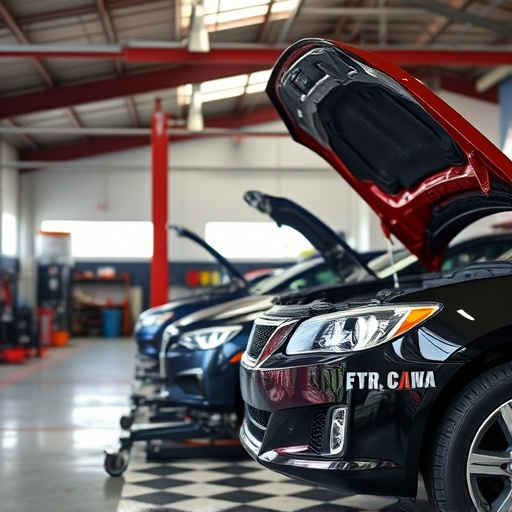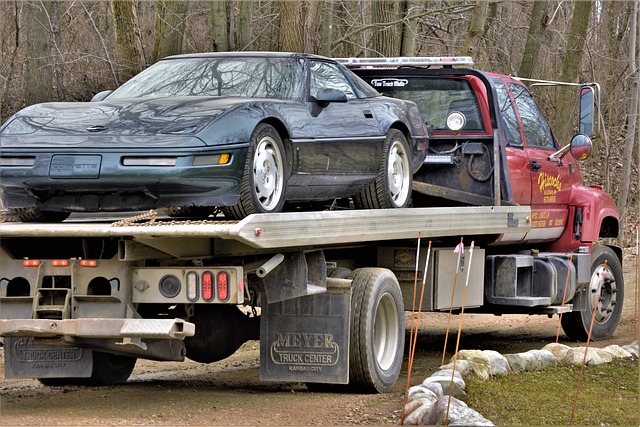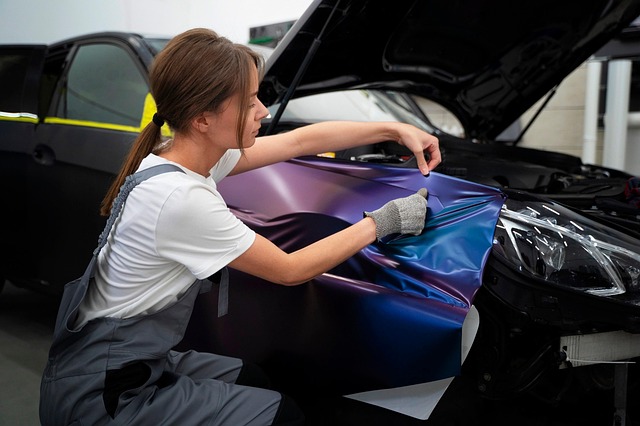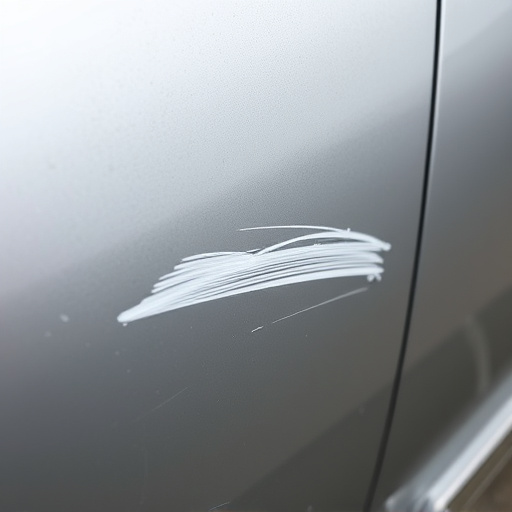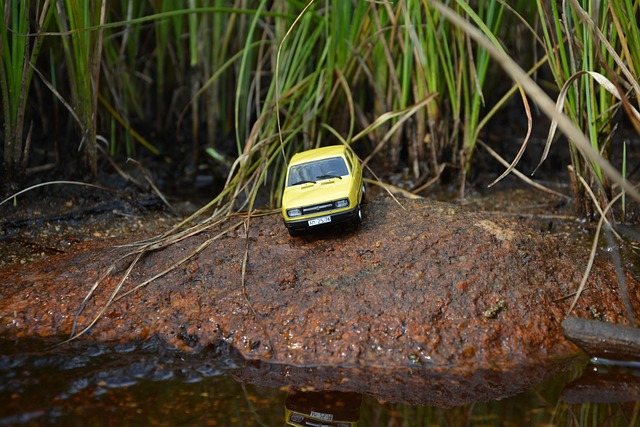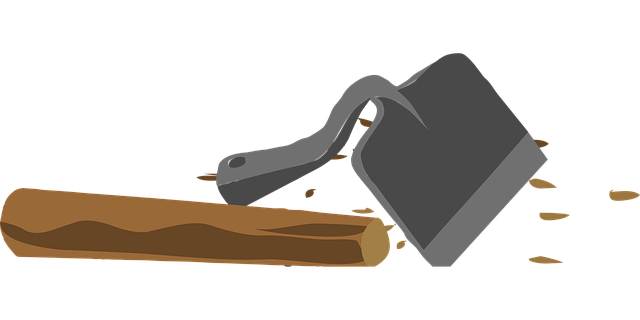Crash worthiness restoration is a complex yet vital process that requires specialized knowledge and equipment to return vehicles to pre-accident condition, ensuring safety standards are met. Key aspects include understanding replacement parts compatibility, diverse repair techniques, and adhering to safety regulations. Effective communication between repair shops and clients is crucial through plain language, visual aids like diagrams and before-and-after images, building trust and ensuring informed decisions. Standardized documentation, high-quality imaging, regular updates, detailed work orders, and post-repair reviews are essential for transparent communication, fostering client relationships, and coordinating with insurance providers for a streamlined claims process.
In the realm of automotive repairs, effectively communicating crash worthiness restoration details is paramount for ensuring safety and customer satisfaction. This article delves into the intricate world of crash worthiness restoration, breaking down key concepts and terms. We explore powerful communication strategies that repair shops can employ to bridge the gap between technical expertise and client understanding. Additionally, we outline best practices for meticulously documenting and sharing these crucial details, fostering transparency and trust in the restoration process.
- Understanding Crash Worthiness Restoration: Key Concepts and Terms
- Effective Communication Strategies for Repair Shops
- Best Practices for Documenting and Sharing Restoration Details
Understanding Crash Worthiness Restoration: Key Concepts and Terms
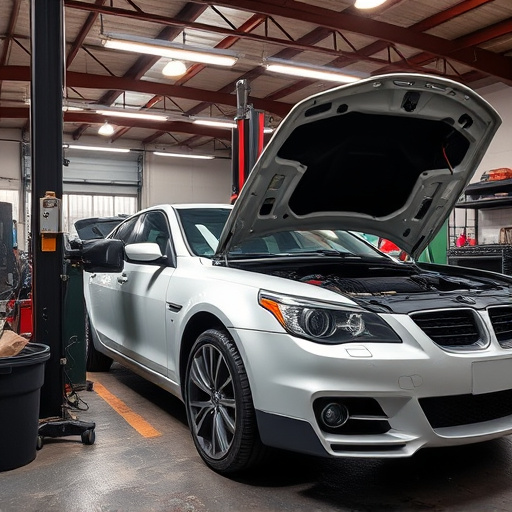
Crash worthiness restoration is a critical process that ensures vehicles involved in accidents are safely brought back to their pre-collision condition. It involves meticulous repairs, replacement of damaged components, and reinforcement of structural integrity to maintain the vehicle’s safety standards. This process requires specialized knowledge and equipment to accurately assess and address all damage, from cosmetic issues to significant structural alterations.
Understanding key concepts like “crash compatibility,” “restoration techniques,” and “safety regulations” is essential for both automotive body shops and customers. Crash compatibility refers to the ability of replacement parts to function seamlessly with existing vehicle systems. Restoration techniques vary based on the type of damage, ranging from simple auto body work to complex structural repairs. Safety regulations ensure that vehicles restored after a collision meet industry standards, providing peace of mind for drivers and ensuring optimal performance and safety during future drives.
Effective Communication Strategies for Repair Shops
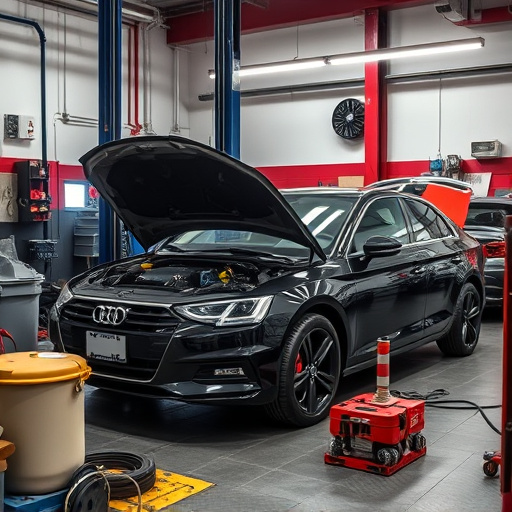
Effective communication is key for repair shops to accurately convey the intricacies of crash worthiness restoration to their clients. When discussing complex auto bodywork and collision repair processes, simplicity and transparency are vital. Repair technicians should use plain language to explain each step, ensuring customers understand the extent of the damage and the proposed solutions without any confusing jargon. This approach builds trust and empowers clients to make informed decisions about their vehicle’s restoration.
Additionally, visual aids like diagrams or before-and-after images can significantly enhance communication during crash worthiness restoration discussions. These visuals allow clients to see exactly what has been damaged and how it will be repaired, providing a clearer picture of the entire auto maintenance process. Repair shops that adopt these effective communication strategies not only foster better relationships with their customers but also ensure everyone is on the same page regarding the vehicle’s return to its pre-accident condition.
Best Practices for Documenting and Sharing Restoration Details

When it comes to communicating crash worthiness restoration details, clear and concise documentation is key. Repair shops should adopt standardized processes for recording every aspect of the vehicle’s condition before, during, and after the repair process. This includes detailed notes on damaged components, parts replaced, and any special techniques or materials used in the restoration. High-quality images capturing various angles of the vehicle are also indispensable, serving as visual evidence to support the written record.
Effective communication extends beyond internal documentation. Repair shops should ensure that customers receive a comprehensive overview of the repair process and the specifics of their vehicle’s crash worthiness restoration. This can be achieved through clear, regular updates during the repair period, detailed work orders, and post-repair reviews. By fostering transparency and open dialogue, repair shops build trust with their clients and promote satisfaction with the automotive collision repair or car dent repair services provided. Additionally, clear communication facilitates better coordination with insurance providers, ensuring a smoother claims process for vehicle repair.
In conclusion, effective communication about crash worthiness restoration is vital for repair shops to ensure transparency and build trust with clients. By adopting clear and concise strategies outlined in this article, such as defining key terms, utilizing digital documentation tools, and providing detailed updates, repair shops can confidently navigate the complex process of restoring vehicles to their pre-crash condition. This not only enhances customer satisfaction but also strengthens the overall reputation of the shop as a reliable and professional service provider in the automotive industry.

